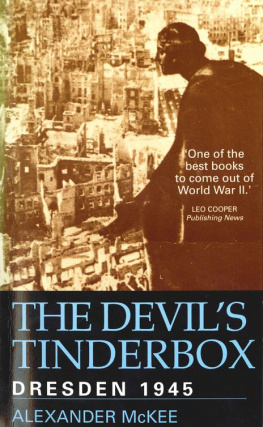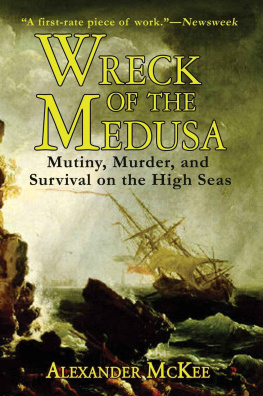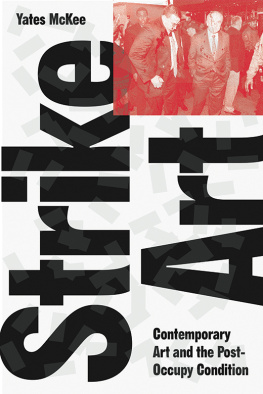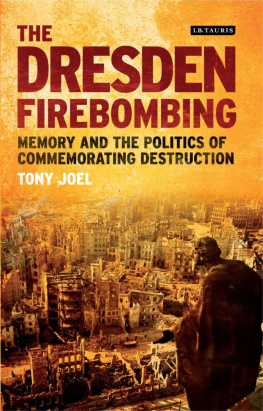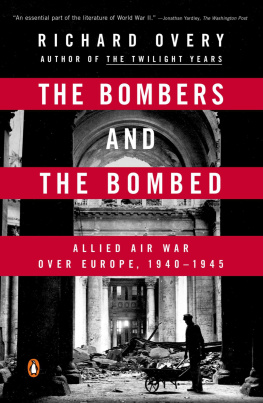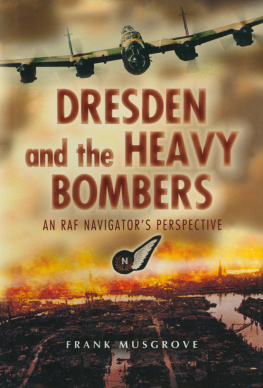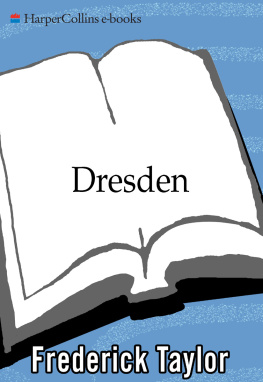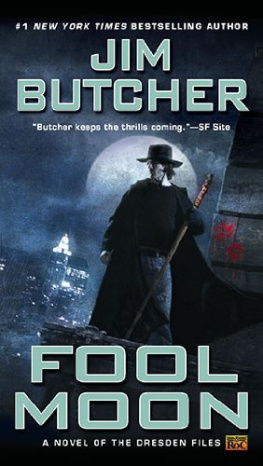For Ilse who, born in Saxony, saw the fires of Dresden on the skyline for three days and nights, and has so skilfully and faithfully translated the diaries, narratives and recollections of some of those who survived.
And for Angelika and Sabina, who gave invaluable bibliographic assistance.
Contents
1 Thirty-Five Years
Christmas 1944Christmas 1980
2 Frostbite March
The Armies and the Refugees: December 1944February 1945
3 Bombs Away!
Ideas of Air Power: 19181945
4 The Target
In Dresden: 12001945
5 The Dresden Decision
The Fatal Minutes and Memos
7 The Swine! The Swine!
The First Wave of Attack: 1010.25 pm, 13 February 1945
8 Ways Through the Witches Cauldron
The Second Wave of Attack: 1.221.54 am, 14 February 1945
9 Mummy, Where Are You?
The Third Attack: 12.1512.25 pm, 14 February 1945
10 Learn How to Weep
Aftermath, and the Fourth Attack: 1523 February 1945
11 Acts of Terror and Wanton Destruction
International Repercussions: FebruaryApril 1945 and After
12 Activists from the First Hour
The Red Army Reaches Dresden: May 1945
13 Who Knows Us?
Dresden: 19561980
D RESDEN was a famous massacre from the start. At that time I was a soldier with the 1st Canadian Army; I entered Germany in March 1945, about a month afterwards. In the spring and summer, when I was with the British 2nd Army in the Rhineland and Ruhr, I heard the first whispers. Something very terrible had happened over there in the East near the wars end, I was told, but no one could explain why it had been so much more cruel than the fate which had engulfed most of Europe, burnt with fire from heaven or tornadoed into rubble by the passage of the armies.
The Blitzkrieg, theirs and ours, had spared some tracts of countryside and all the Western capitals. Paris, Brussels and Rome were almost untouched; even London was only lightly damaged. But seen from the air, most of the great cities of Europe were jagged scars on the landscape, with the survivors gone to ground, huddled in cellars under the wreckage, coughing. The bones of dead cattle lay in the meadows by the Channel coast and the towns of Normandy were fields of debris. The Dutch dykes had been bombed and broken, and the sea had conquered Holland. The cities of the North German plain were husks. Warsaw was a pile of bricks and bodies. From the Channel coast and on into Russia, to Kiev, to the Don and the Volga; from the Bay of Naples through Cassino to the Baltic and the Gulf of Finland the red hot rake of total war had passed over them all. Not with fire and sword as in the old tales of the Thirty Years War, but with thermite bombs, blockbusters, multi-barrel mortars, massed artillery and the stabbing rash of small-arms fire.
The master had read the lesson, and the pupils had learnt it well.
In some towns, such as Emmerich and Arnhem, I was present while their final destruction took place. In Emmerich I saw no building whatever intact, although here and there the gutted shell of a house, one wall of a church tower, still stood. And it was German artillery fire now which vied with the British and Canadian guns in ploughing over the ruins. This process, when the town was an Allied one, we referred to with bitter mockery as Liberation. When you said that such-and-such a place had been liberated, you meant that hardly one stone still stood upon another.
But on 8 May 1945, or thereabouts, the guns fell silent, more or less. Officially, peace had been declared, according to the writers of history books, who were not there, or too remote to know the real state of things, or would prefer to forget.
It was a strange peace and, in the great cities, very terrible. In July I was driven through Cologne. We all fell silent as mile after mile we drove through nothing but ruin and still only ruins lay ahead. In all that devastation, I wrote:
I only saw about a dozen buildings which were intact, though several hundred had been damaged and repaired, and still stood. The destruction and damage in the very considerable area of Cologne through which we toured must have been in the neighbourhood of 98 per cent. All through these streets there was a peculiar smell, similar to that borne on the breeze between Elst and Arnhem after the battle, so long stationary, moved on; it was fainter but quite recognisable. The smell of human flesh, long dead, decomposing in the heat.
But in that barren moon-world there was life in spite of death. If you looked closely, you could see that there were narrow paths newly trodden through the heaped hills and mountains of rubble, and when winter came, there was smoke from fires. Men and women were living there, sheltering in caverns excavated in the hillocks of ruin which had been their homes. Apart from a few favoured cities, Europe had been reduced to a continent of cave-dwellers . Against such a background, what could possibly have been so special about Dresden?
The British Zone of Germany, in which I was to work for the next seven years, had an area approximately the size of Ireland and a population far greater some 18 million people. In 1939 the population had been housed in 5 million buildings. By May 1945, 1 million had been totally destroyed and a further 1 million severely damaged. The German population were starving and many millions of Hitlers former slave workers, ill-treated and armed, were on the loose. The bureaucrats, prim to the last, called them displaced persons, but truly, most of them were Russians , Ukrainians and Poles, forcibly uprooted from their homes in the East. War material of all kinds, from Tiger tanks in drivable condition to guns and ammunition, littered the countryside. The sounds of shooting began at nightfall and continued until dawn. Martial law was in force and was enforced. The apocalyptic prewar visions of H. G. Wells and other pacifist prophets had come true, although even they could have hardly imagined the tragic plight of the Ukrainians and Russians, freed from the Nazi slow-death camps only to be sent back, whether they willed or no, to the USSR of Stalin and the Siberian gulags.
It was in these surroundings that I heard those whispers of something unimaginably dreadful having been done at Dresden.
Even when I left the Ruhr and Rhineland and came to Hamburg in the north, even there they spoke of what had occurred in Dresden as having been something cruelly apart. Hamburg was a very great city indeed. Every morning we drove to work through some five miles of almost total devastation, past landmarks such as the collapsed department store under which still lay, they said, some 400 bodies, mainly of children. Out of some 556,000 homes in Hamburg. 455,000 had been destroyed or severely damaged; but there was more beyond that, for the port area lay in ruins also and out of the water reared the wrecks of 55 ships, 3,500 barges, 16 floating docks. It was difficult to compute the area of total destruction, almost impossible to count the dead. Only if nothing much has happened, can reasonably accurate casualty figures be produced (and even those are sometimes suspect). In Hamburg, it took six years of painful detective work to arrive at what was called an estimated minimum figure for the dead. This was not a complete head count, utterly impossible , but included a matching of known previous inhabitants before the raids with present population, taking into account those who had merely moved away. In a fire-storm, people simply vanish into dust and ashes; others again were still under the uncleared areas of rubble. After six years of counting and calculation , the estimated minimum figures were at last arrived at: 48,000 dead in the raids of July 1943, and a total for the whole war of not less than 55,000 killed. In one German city alone, nearly as many killed as in the whole of Great Britain during the entire war British losses are more precisely known at 60,595 over 5 years.

